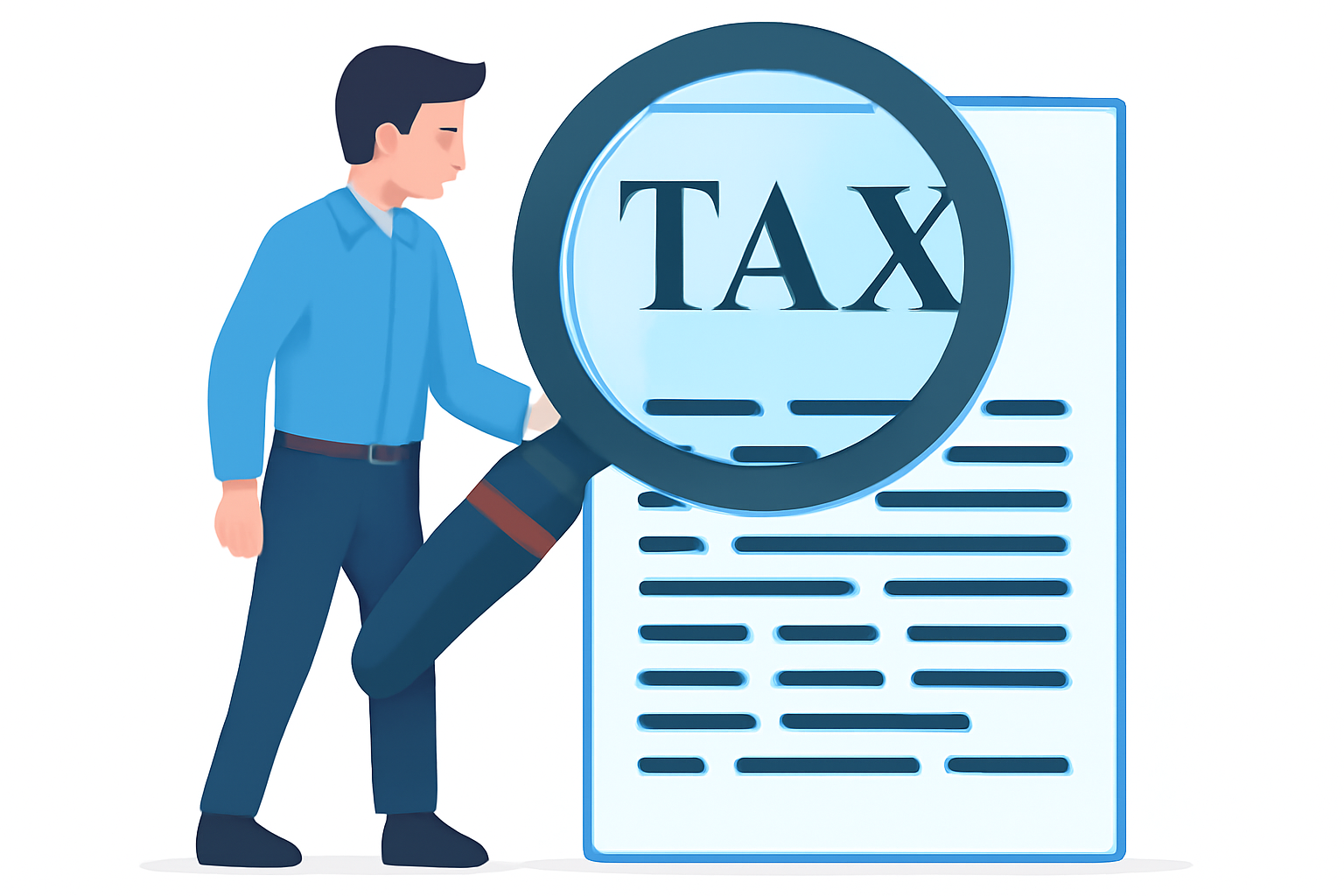A Limited Liability Partnership (LLP) is a separate legal entity registered under the Ministry of Corporate Affairs (MCA) in India. To register an LLP, a minimum of two partners is required, and at least one partner must be an Indian citizen and resident.
The designated partners are responsible for maintaining proper books of accounts, filing income tax returns, and submitting annual returns with the MCA every financial year. To stay compliant, LLPs must ensure periodic filing of statutory returns. Failure to comply can attract substantial penalties under the law.
One of the key advantages of an LLP is that its compliance requirements are comparatively fewer than those of a private limited company. However, the penalties for non-compliance are significantly higher. While a private limited company may face fines of up to INR 1 lakh, an LLP can be penalized with fines as high as INR 5 lakh.
A Limited Liability Partnership (LLP) is recognized as a separate legal entity. The designated partners are responsible for maintaining proper books of accounts and filing annual returns with the Ministry of Corporate Affairs (MCA) every year.
Unlike companies, an LLP is not required to audit its books of accounts unless its annual turnover exceeds INR 40 lakhs or its total contribution surpasses INR 25 lakhs. If these thresholds are not crossed, the audit requirement does not apply, making the annual compliance process simpler and more cost-effective.
The Statement of Account and Solvency must be filed on or before October 30th every year.
The Annual Return must be filed on or before May 30th every year.
These compliance requirements are mandatory even if the LLP has not carried out any business during the financial year.
An LLP can sue and be sued in its own name.
It has the authority to open and operate bank accounts.
It has the power to employ individuals for its business activities.
An LLP can enter into all types of legal contracts.
Each partner in an LLP is not personally liable for the misconduct or negligence of other partners.
Partners have the right to directly manage and run the business.
LLP provides limited liability protection to its owners, safeguarding their personal assets.
If the number of partners falls below two, the sole partner is allowed time to find a new partner without dissolving the LLP.
An LLP can have an unlimited number of partners even after its initial formation.
LLP is recognized as a separate legal entity distinct from its partners.
The assets and accounts of an LLP are separate from those of the individual partners.
LLPs have the ability to raise funds from partners, banks, and non-banking financial companies (NBFCs).
Maintaining a Minutes book and statutory registers is mandatory for companies, but LLPs have certain exceptions. For example, LLPs are not required to hold Annual General Meetings (AGMs).
AGM is an annual shareholders’ meeting specific to companies with shareholding structures. Since LLPs do not have shareholders but partners, holding an AGM is not applicable or mandatory.
The concept of a Board of Directors does not exist in LLPs. Instead, the LLP is managed by designated partners who are responsible for the business operations and compliance. Therefore, instead of a board meeting, LLPs hold meetings of the designated partners or partners as required.
LLPs enjoy flexibility with no upper limit on the number of partners. This allows an LLP to expand its membership without restrictions.
LLPs have fewer formalities and compliance burdens compared to companies, providing operational flexibility.
Statutory registers specific to companies, such as the Register of Members, are not applicable to LLPs, though LLPs must maintain their own Registers of Partners and Designated Partners.
LLPs have relaxed requirements on some records and filings, making administration simpler and less time-consuming.
Meetings in LLPs are more flexible and can be convened as per the agreement between partners without strict statutory timelines.
LLPs also have the advantage of lesser regulatory disclosures compared to corporate entities, enhancing privacy for partners.
PAN Card and Certificate of Incorporation (COI) of the LLP
LLP Agreement along with any supplementary agreements, clearly outlining roles, rights, and responsibilities of partners
Financial Statements of the LLP, duly signed by the Designated Partners
Digital Signature Certificate (DSC) for all Designated Partners to enable electronic filing
LLP Identification Number (LLPIN) issued by MCA for official verification
Proof of LLP’s registered office address, including utility bills, rent agreements, or ownership documents
Name of the LLP as approved and registered with MCA
Business classification details—whether the LLP is engaged in business, services, occupation, or other activities
Description of principal business activities conducted by the LLP
Detailed information about Designated Partners and other Partners of the LLP
Total capital contribution made by each partner, specifying cash or kind contribution
Review and verification of the accounts, capital, and contributions by Designated Partners and Partners
Consent letters from partners agreeing to act as partners of the LLP
No Objection Certificate (NOC) from the owner of the registered office premises, if applicable
Proof of identity and address of individual partners and designated partners including Aadhaar, Passport, Voter ID, or Driving License
Passport and notarized residential proof for foreign or NRI partners
Subscriber Sheet detailing names, addresses, and contributions of partners
Maintenance of statutory registers and records as per LLP Act requirements
Reservation of LLP name through RUN-LLP service prior to incorporation
Drafting and notarization of LLP agreement within 30 days of incorporation
Filing of incorporation and related forms online with MCA portal to receive Certificate of Incorporation
Tax registrations including PAN, TAN, and GST as applicable
Mandatory audit of accounts if annual turnover exceeds prescribed limits
Form 11 is the annual return that all LLPs must file regardless of their turnover or business activity during the financial year. Even if the LLP has not conducted any business or provided any services during the year, filing Form 11 remains mandatory.
In addition to the basic information such as the name and registered address of the LLP and details of its partners and designated partners, the following information must also be submitted:
Total capital contribution made by the partners of the LLP during the financial year.
Details of any penalties imposed or compounding of offenses committed during the year, which must be disclosed and e-filed on the MCA portal. The form has a pre-fill feature to simplify data entry.
Details of other LLPs and companies where the partners or designated partners hold the position of partner or director, respectively. This attachment is mandatory if any partner or designated partner is involved in other LLPs or companies.
Any additional information or documents that can be optionally attached to support or clarify the return.
A surcharge is levied on the amount of income tax payable at the rate of 12% whenever the total income exceeds Rs. 1 crore. However, marginal relief applies to ensure fairness. Under marginal relief, if the total income barely crosses Rs. 1 crore, the additional tax payable (income tax plus surcharge) will not exceed the amount by which the income surpasses Rs. 1 crore.
After computing income tax and the surcharge, an additional Health and Education Cess (HEC) at the rate of 4% is charged on the combined amount of income tax and surcharge.
As per Section 115JC of the Income Tax Act, the tax liability of a Limited Liability Partnership (LLP) cannot be less than 18.5% of its adjusted total income. This amount is further increased by applicable surcharge and Health and Education Cess.
![]() Office Address
Office Address














 The threshold for mandatory tax audit has been proposed to be increased from Rs 1 crore to Rs 5 crore starting from Assessment Year 2021-22 (Financial Year 2020-21), subject to the condition that the taxpayer’s cash receipts do not exceed 5% of the total gross receipts or turnover, and cash payments do not exceed 5% of the total aggregate payments.
The threshold for mandatory tax audit has been proposed to be increased from Rs 1 crore to Rs 5 crore starting from Assessment Year 2021-22 (Financial Year 2020-21), subject to the condition that the taxpayer’s cash receipts do not exceed 5% of the total gross receipts or turnover, and cash payments do not exceed 5% of the total aggregate payments.